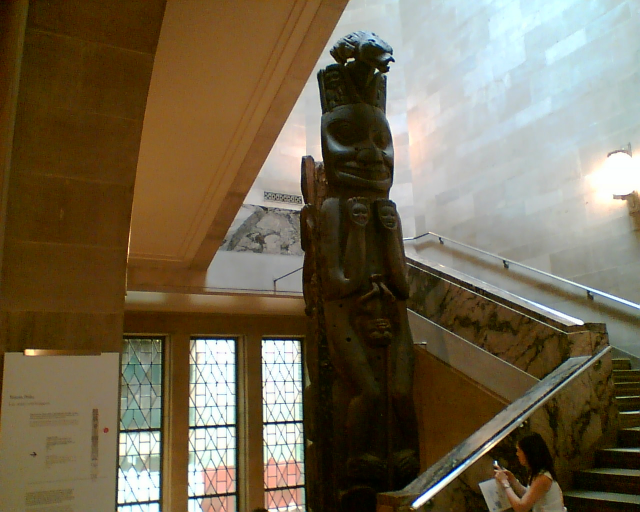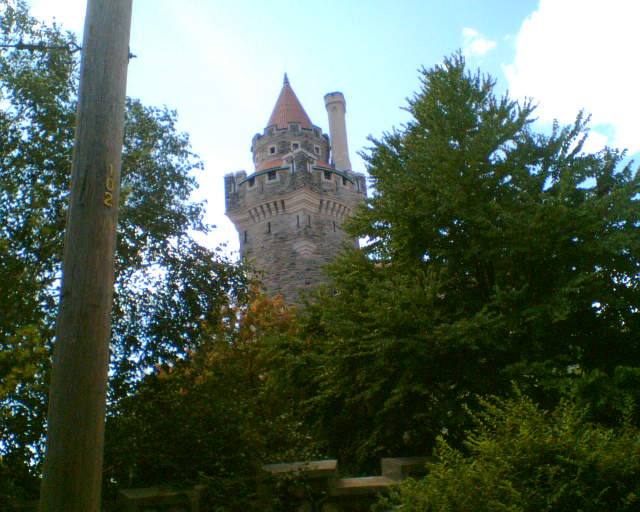XP usergroups v1.0
Near the end of 2000, some Dutch (and a few Dutch-speaking Belgian) XP enthusiasts got together. They decided to meet regularly to exchange experiences and learn from each other. There wasn’t a lot of material and certainly not a lot of experience, but everybody present believed passionately that we could do a lot better in IT. There was no formal organisation, no legal entity; the meetings were self-organized. Thus was born the Dutch XP Group.
In 2001, the Belgians formed their own group. We discovered that there were other companies in Belgium doing XP and that there were more developers who wanted to do XP. There was no formal organisation, no legal entity; the meetings were self-organized. Thus was born the Belgian XP group.
The two groups continued to exchange information. Meetings were held regularly. Some people went to both user groups. We organised some joint meetings. We were experiencing that XP worked better than anything we had tried before. Not that there weren’t any problems, but feedback from the user group helped solve many problems or answer questions about implementing XP.
Growing up
Following in the footsteps of the London group, we decided to organize a conference. That requires more means and organisation than a user group meeting. So, a few of us set up Agile Systems, a non-profit organisation to research and disseminate knowledge about Agile and Systems Thinking. Thus was born the XP Days Benelux.
The XP Days have grown over the past six years. Meanwhile, the user groups have declined: there were fewer meetings; the gaps between meetings became longer.
Why? Was there no more interest in XP? On the contrary: demand for Agile and XP has grown steadily. All those who talked about XP and wondered how to “sell Agile” were now so busy implementing Agile methods that there was almost no time left to organize meetings.
Agile usergroup v2.0
This year, two new groups were formed: Agile Holland and Agile Belgium. Most of the organizers are new; some are from the ‘old guard’. These groups have taken a fresh start: meetings are being organized again, attracting new people to the group. The focus has widened from XP, the first agile love of many of the original group members, to the more generic topic of Agile.
Many of the participants of the new meetings have never heard of the original XP groups. The main subject is no longer “why XP?” or “how do I sell XP?” The main questions these days are “how do I implement Agile effectively?” and “how can I scale Agile enablement?” because there’s more demand than supply for Agile.
I’m glad there’s still an interest and a need for a local user group for local people. We can learn from the past: a self-organizing group like this can only remain alive and fresh if its members really get involved.
This concludes today’s history lesson.
Now it’s your turn. Contact the groups via the Belgian group mailing list or the Dutch group mailing list.





